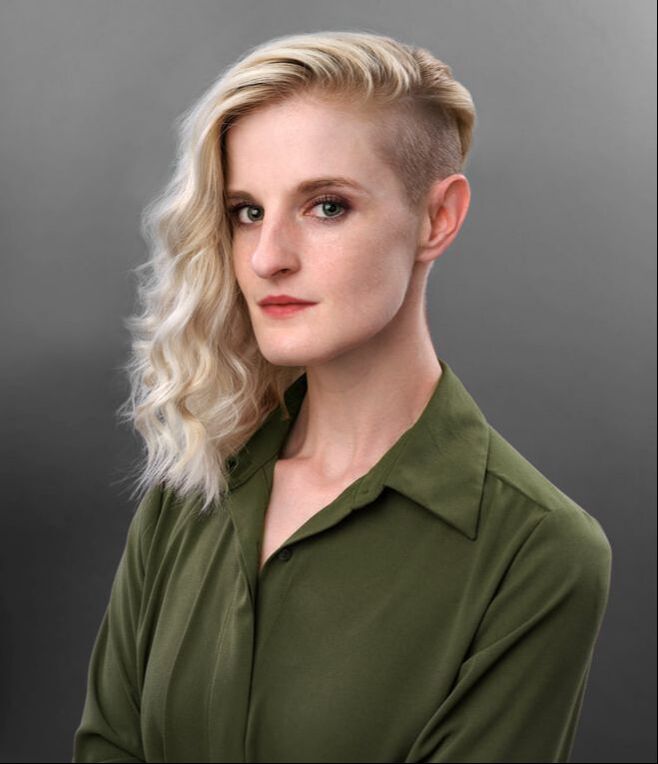Instructor: Natalie Kirk, MFA, MA
|
Natalie Kirk, MFA, MA Holding two master’s degrees in photography from the University of Wisconsin Madison, Natalie Kirk specializes in biomedical photography and its application in pre-clinical and clinical research; including procedure documentation, wound analysis, and microstructure visualization. Not only has she been an instructor of digital photography with the University of Utah since 2017, Natalie has served on a panel for the Utah State Board of Education to evaluate and rewrite the qualifying exam for instructors. |
ATTENDInterested in attending one of these courses? Check out our Upcoming Courses page for information on all scheduled courses.
|
HOST
You can bring this course to your location! For more no-obligation information or to complete a hosting application, click below.
|

